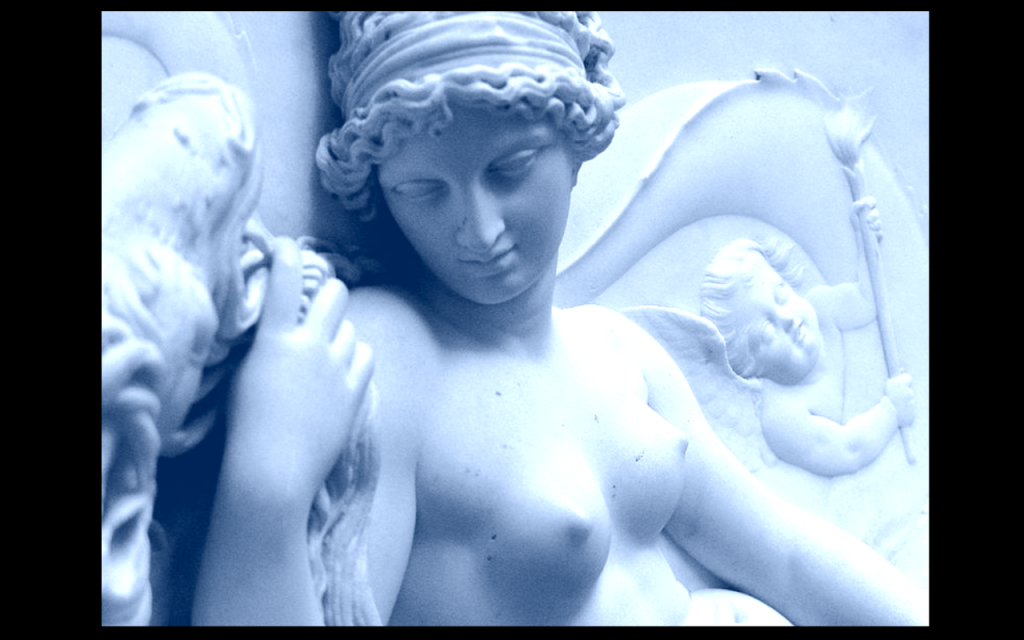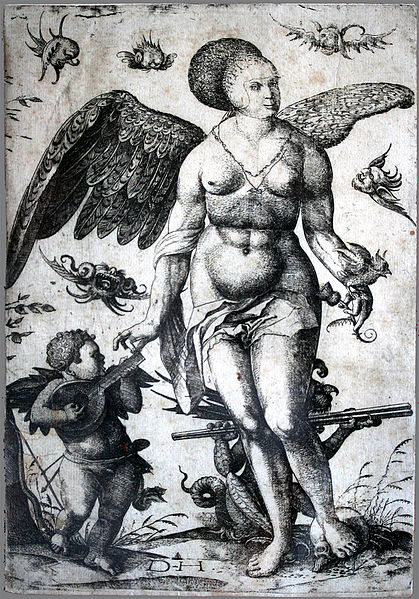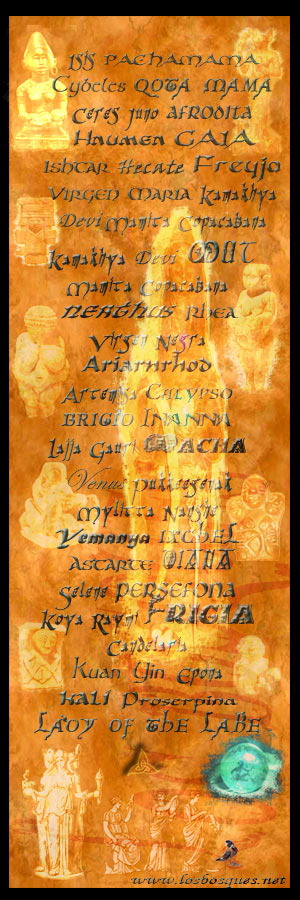:::
Where did all those glitters go?
They came from Venus and roamed the air
giggling as they electrified
with our outer senses.
We glittered too
and made us feel ‘out of ourselves’.
Literally. Becoming glitters once again.
Where did they go?
They left us just a warm sensation
tickling those walls
separating us from the glitters.
When did we leave them?
:::
Eight years have gone by since the Earth saw Venus pass through the Sun (June 8 2004). It’s also an eclipse, but another kind, Venus blocks nothing and we see it as a little circle, a spot, on the Sun. But, what a spot! It agitates everything. What we are, what we forgot, what we could be, what is not spoken of, what is felt, what runs through us in silence, what comes inside and out of us without permission, the missing links, what was snatched, what was invented, the origins, antiquity awakening in us…
And all that in unseen worlds, for we only see the spot and the rest, there… living the unseen.
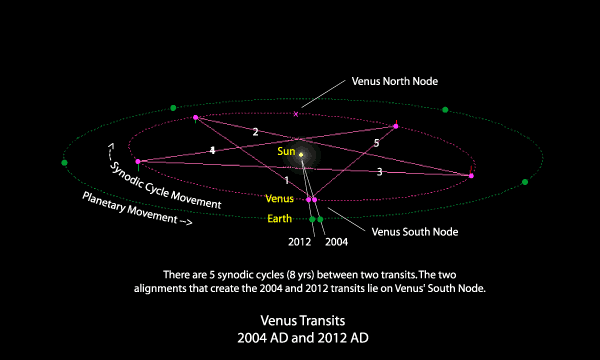 The Natural Pentagon between Venus and Earth
The Natural Pentagon between Venus and Earth
Venus Synodic Cycle with Earth: The alignment Venus Earth Sun on the South Node of Venus (inferior conjunction) happens every 583.92 Earth days approximately (1.6 years). The alignment on the North Venus Node, with the Sun between the Earth and Venus is the midpoint of that cycle.
Pentagonal Series of the Cycle: Each alignment of 583.92 happens again 215.6° further than the previous one, creating five unique locations on the ecliptic, drawing a pentagonal series taht takes eight years and five synodic cycles to complete, as it’s shown on the image to the right. A natural geometric formation drawn in unseen worlds. Source: The Pentagonal Cycle of Venus
Venus rotates in the opposite direction the Earth does, the Sun rises in the West and sets in the East. A Venus day is longer than its year, it take 243 Earth days to rotate and 224 Earth days to complete its orbit around the Sun. The Venus day is exactly 2/3 of the Earth’s year.
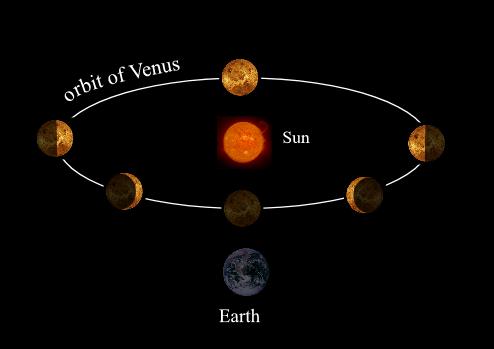 Given that Venus rotates once every 2/3 of the Earth’s year, Venus rotates exactly 12 times on the pentagonal period of eight years, showing always the same side of its sphere to the Earth.This almost perfect harmonic resonance between Venus day, Venus year and Earth’s year is one of the astrophysics dynamic creating the delicate and harmonic character of Venus.
Given that Venus rotates once every 2/3 of the Earth’s year, Venus rotates exactly 12 times on the pentagonal period of eight years, showing always the same side of its sphere to the Earth.This almost perfect harmonic resonance between Venus day, Venus year and Earth’s year is one of the astrophysics dynamic creating the delicate and harmonic character of Venus.
The harmonic interval of Venus Day/ Earth’s Year is 2/3, the musical perfect fifth (3:2), the most universal consonant harmonic and with longest duration. | Rotation on an axis produces planetary waves. Relationships among planets’ waves, as the one created on Venus’ day and Earth’s year are harmonic or musical intervals. Source
On this site you can listen to Venus resonances on the Music of the Sphere, the range of angular velocity (as well as the ‘voice’ of the six planets synchronized) based on the Kepler scale.
- A Review of Contemporary Understandings of Prehispanic Astronomic Knowledge
- Astronomy before the Telescope
Spanish:
- Transit of Venus and Mayas
- Cosmos and Mapuches
- From Archaeoastronomy to Cultural Astronomy
- Venus and the Children of the Sun
- Venus and Mars in the Andes
- Chichén Itzá and Venus
Who is Venus and some of her thousand names:
- Greek Aphrodite, taken to Rome and identified with Talua (EtruAfrodita griega, llevada a Roma e identificada con Talua (Etruscan)
- Plauto: Universal Mother
- The Odissey: Vulcano’s wife
- Jupiter and Diana’s daughter
- Hesiod: When Saturn mutilated his father, some blood drops from his wound fecundated the white foam floating on the sea surface, and from the foam emerged Aphrodite (love Goddess) who is Venus.
- Cosmologists: they declare her birth as the most powerful production of Nature, mother of all creatures and water as the prince of fecundation
- Homer’s Hymns: She is the one that made wishes sprout on the bosom of the gods, who submits to her laws all mortals; she is the sweet one
- Venus, crowned with flowers, who twists or straightens everything she looks at
- Latin poets: goddess of marriage and the seas
- The Odissy: Venus is married to Vulcano and cheats on him with Mars
- The Illyad: Venus takes side with the Trojans and saves Paris, her protegée
(Names are in Spanish)
- Acidalia, who rose up from the spring of the same name in Boeotia
- Acrea, venerated on the highlands
- Adicos, Venus nickname in Lybia
- Adonea, Adonias adoniana
- Eneida, venerated in Eneas, Thrace
- Alentia, from Aleo River where there was a temple on its shores
- Amatusia, venerated in Amatonte
- Ambologera, who rejuvenates
- Anaoliémona, emerging
- Androfonos, who makes mortals perish
- Anosia, Laï courtesan, who raised a temple to Venus-Anosia
- Antea, who loves flowers
- Apaturia, deceitful
- Afrogenia, born from the foam
- Arginis, Argéneo, taken from a temple on the shores of Cefiso
- Argiropeza, with the silver feet
- Areia, warrior
- Arenta, who chains
- Artacia, from a Frigia city
- Antameteo, Proserpina’s nickname who raised a temple to Venus Automatea
- Basilea, queen
- Biodotis who gives life
- Bricia, who cries
- Caliglutos, Calipigos, Calipiga, Catascopia of Trezena
- Crisostéfanos, with the golden crown
- Cnida, from Cnido in Caria
- Curotrofos, who feeds the children
- Citerea,
- Desponia, queen
- Diona, Diana’s daughter
- Doliofrona, Russian
- Doritis, doriana
- Enalia, marine
- Epidecia, linked to Melibeo
- Epitragia, Teseo
- Ericenea, from Erix in Sicilia
- Euploia, who protects navigators
- Eustéfanos with her beautiful crown
- Entronos, sitting on her rich throne
- Galeneo, who calms the sea
- Gamostolos, who prepares weddings
- Geneteira, generational
- Genetilus, who protects births
- Haligenea, born form the sea
- Helicoblefaros,
- Helilopis, with beautiful eyes
- Héra, goddes of conjugal love
- Hetaira, courtesan
- Idalia, from Idalia
- Iostéfanos, crowned with violets
- Limn
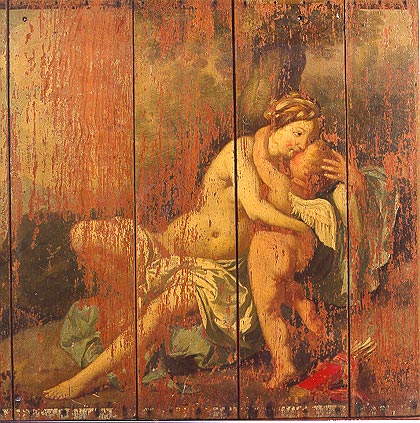 esia, Lilmenia, goddess of ports
esia, Lilmenia, goddess of ports - Melenis, black, who loves the night
- Morfo,
- Olimpia, olympic
- Urania, celestial, spiritual, represents divine love, on a Hermes form Athens had the title of the oldest Fates
- Pafia, worshipped by Pafos
- Fiomeda, who loves joy
- Pontia, marian
- Xeinea, hospitable
- Zerentia, from the caves on Samotracia Islands
Latins named her as: Alma, Calva, Capitolina, Cloacina, Domina, Genitrix, Hospita, Libitina, Luerina, Myrtea, Popularis, Vulgivaga, Vulgaris
Children >
- with Mars: Fobos, Deimos y Harmonía (Hesiod)
- with Apolo: Eros y Anteros
- with Aquiles: Eneas, Lyros
- with Mercury: Hermafrodita
- with Buteo: Erix
- with Neptune: Rodos
- with Adonis: Golgos y Beroe
- Príapo that can be from Jupiter, Baco or Mars
Source: Ensayo de un Diccionario Mitológico Universal, Federico Carlos Sainz Robles, Editor M. Aguilar, España, 1944
MEE-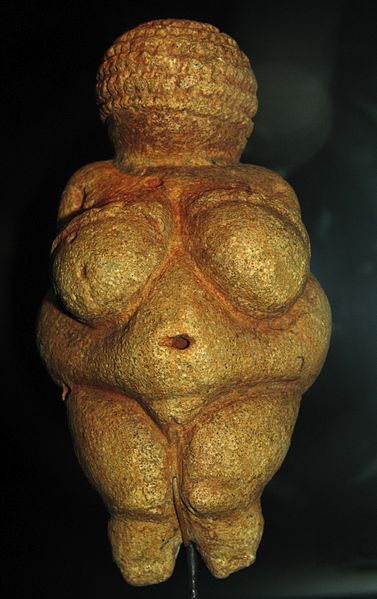 YAA-NU > The ancestor leader of Venus according to the Anasazi legen. She was the ancient beauty who granted dreams to the people. Source: Curaciones Chamánicas, Mary Summer Rain
YAA-NU > The ancestor leader of Venus according to the Anasazi legen. She was the ancient beauty who granted dreams to the people. Source: Curaciones Chamánicas, Mary Summer Rain
Epithets: Venus Caelestis (Celestial or Heavenly Venus), Venus Calva (“Venus the bald one”), Venus Cloacina (“Venus the Purifier”), Venus Erycina (“Venus of Eryx”), Venus Felix (“Lucky Venus”), Venus Genetrix (“Mother Venus”), Venus Kallipygos (“Venus with the pretty bottom”), Venus Libertina (“Venus the Freedwoman”), Venus Murcia (“Venus of the Myrtle”) Venus Obsequens (“Graceful Venus” or “Indulgent Venus”), Venus Urania (“Heavenly Venus”) Venus Verticordia (“Venus the Changer of Hearts”), Venus Victrix (“Venus the Victorious”) . Source
“Venus figurines is an umbrella term for a number of prehistoric statuettes of women portrayed with similar physical attributes from the Upper Palaeolithic, mostly found in Europe, but with finds as far east as Irkutsk Oblast, Siberia, extending their distribution to much of Eurasia, from the Pyrenees to Lake Baikal. Most of them date to the Gravettian period, but there are a number of early examples from the Aurignacian, including the Venus of Hohle Fels, discovered in 2008, carbon dated to at least 35,000 years ago, and late examples of the Magdalenian, such as the Venus of Monruz, aged about 11,000 years.” Source
Lucifer became Venus > For Helena Blavatsky, the history of how Lucifer came to be Venus shakes the structures of Catholicism, implying there is where history hidden conveniently resides. The mystery of the rebel angels (Solar angels) who ‘fall’ on Earth is the hidden meaning of the Scriptures and the ‘secret of the ages’. This secret is essentially the mystery behind the Plan of evolution. The name ‘Lucifer’ comes from the Latin words, Lux or Lucis (light) and ferre (bring), Lucifer means ‘who brings the light’. Source
Read also:
